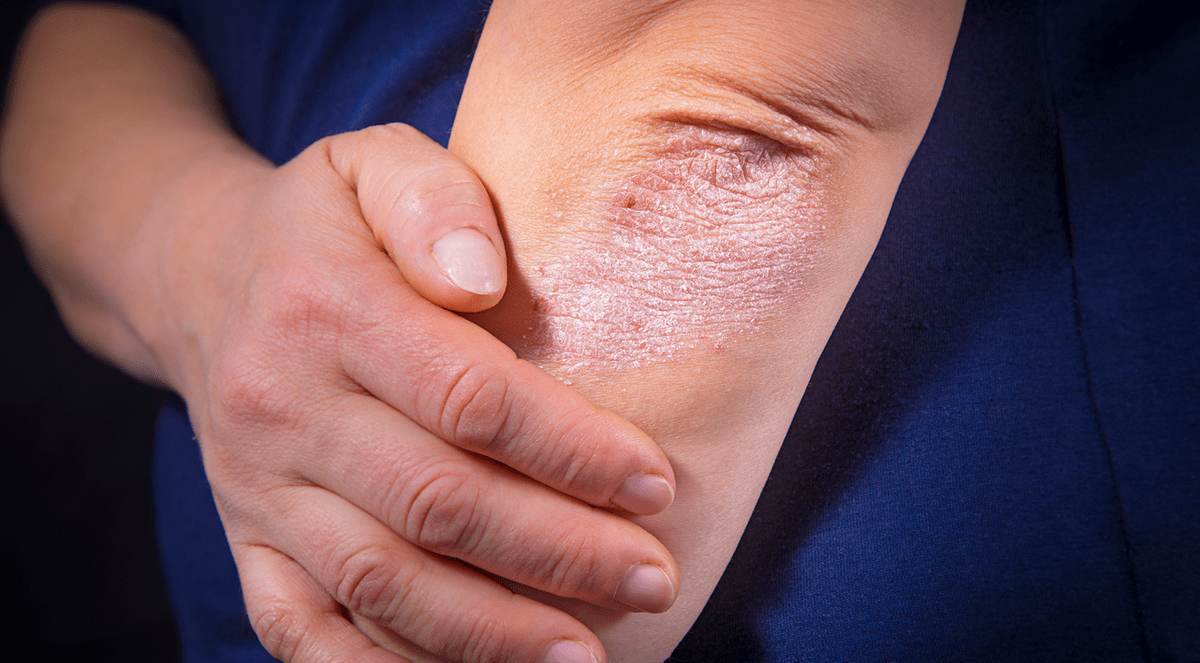Palmoplantar keratoderma (PPK) is a set of inherited or acquired skin disorders. The hereditary group (hPPK) leads to skin thickening of palms and soles. They also result in pain, impaired functionality, and lowered life quality. The causes of hPPK are diverse, and the efficiency of available treatments is not well-understood. This study tries to compare the available therapies of hPPK.
Dermatologists rely on both skin-directed topical medicines and systemic therapies. The objective of this study is to review therapeutic diversity, efficacy, and safety. Literature published since 2008 is the data for this assessment. The researchers reviewed the relevant data for fresh insights. However, the researchers could only identify a few case series and individual case reports.
Topical treatments with emollients, keratolytics, retinoids, and steroids relieved the symptoms. Systemic therapy contains different retinoids, combined for greater efficacy. Oral retinoids were more efficient, but not in all PPK forms. The patients also displayed various levels of tolerance. The future of targeted treatments, based on specific hPPK mechanisms, is also very promising.
More studies with robust methodology and larger genotype-phenotype patient groups are necessary. They should also get prioritized by structured networks like ERN-Skin. Future efforts should focus on the efficient management of such rare skin diseases.
Ref: https://onlinelibrary.wiley.com/doi/10.1111/bjd.19144


